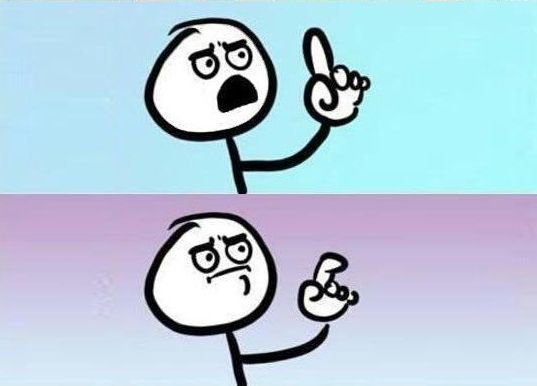How many drivers went through that corner without crashing on the lap? Regardless of aquaplaning or not, a rule is a rule and as the FIA takes safety rules and violations very seriously, this is one that should have been enforced.
Drivers crashing under yellow flags is what killed Bianchi. Can you imagine the fallout if Hamilton had skated under the crane which came out to clear the Ferrari later if the timing was worse?
Hold on you are conflating two very different things. What killed Bianchi was the speed of the accident and the speed of the deceleration. His death was caused due to him driving too quickly under yellow flags. What was introduced to combat/prevent this was the VSC and delta times that drivers couldn't exceed.
Lewis didn't break this rule, infact due to his crash and recovery he was actually automatically pinged as driving too slowly.
And if they really took safety that seriously, they'd have penalised Leclerc for an unsafe release, which if Romain hadn't slammed on the breaks (of it someone had been close behind him when he did) could have caused a pile up/crash in a full pitlane.
I don't mind the penalty it's self Lewis's race was over when he crashed.
It just didn't seem consistent (with Leclerc's) or make sense from a safety POV as what they are saying by penalising Lewis for boxing when he did, was that he should have completed another lap... on an increasingly wet track, on slicks and with half a front wing, dropping debris and probably having another crash along the way.
To me that highlights that actually, safety isn't a key driver for them when handing out penalties.
Hamilton had skated under the crane which came out to clear the Ferrari later if the timing was worse?
He wasn't going fast enough for it to cause the injuries Bianchi received AND he'd be protected by the Halo anyway.





 - the 'investigation' was triggered by a weird scenario brought about by the misadventure.
- the 'investigation' was triggered by a weird scenario brought about by the misadventure.